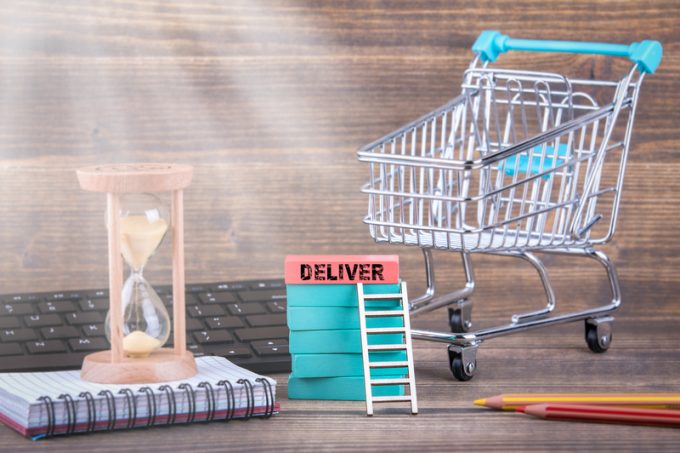Cainiao: ecommerce is a happy journey for some
The Loadstar has launched a series of reports on the ecommerce sector, which has been driving growth ...

Larger forwarders have been slow to embrace ecommerce – but it is the sector currently driving demand in airfreight.
Last week, airfreight rates out of China to the US rose 14%, to $5.91/kg, according to the TAC Index, while to Europe rates rose 11%, to $4.61/kg.
Market players said this current demand is driven by ecommerce rather than B2B general cargo.
While the market this year has seen volumes, on average, down about 4% globally, HACTL, Hong Kong Airport’s ground handler, saw volumes fall just 1.3%.
HACTL CEO Wilson Kwong said: “The past few weeks have seen some changes, with ecommerce-driven tonnage.
“During the pandemic we saw how important this industry is … so I am still optimistic for its long-term prospects. The likes of Shein and Tchibo are not going away. We are trying to modify our infrastructure to support that, and entering that space to help our customers.”
He added that he was seeing very little B2B cargo, with the focus on B2C.
McKinsey’s Soufiane Daher, speaking at Tiaca’s event in Brussels this month, pointed out that TikTok was also becoming a large ecommerce player, and aims to quadruple its ecommerce business this year, to $20bn in sales.
Major ecommerce players have either built their own networks, like Amazon and Alibaba’s Cainiao, while others have relied on the integrators. But with airlines keen to capitalise on their express capabilities, there is scope for forwarders in ecommerce.
But while ecommerce appears to be lifting demand and rates for airfreight, many logistics providers have been late to the B2C party and are now struggling in other sectors, which are seeing lack of airfreight demand.
“Ecommerce is a different animal,” explained Christos Spyrou, founder of wholesale network Neutral Air Partner. “B2C is all about small packages of 5kg, 10 kg, reverse logistics. And it’s booming. It’s our biggest growth area.
“Airlines have now built ecommerce divisions, as there are different processes, different VAT regulations. You have to have the right data. Airlines want anything time-critical or high-yield – they don’t care about general cargo, the yield is too low.”
He added: “Forwarders have been a bit afraid of ecommerce because of the investment needed. It’s not the same as B2B, which is about airport-to-airport.
“Ecommerce is easy to consolidate and there are a lot of volumes. But it’s more difficult in other ways, as more investment is needed, in final-mile, fulfilment, distribution centres, data.”
As a result, he said, many forwarders had decided to partner to create ecommerce networks, and are outsourcing various parts of the chain.
“There are a lot of local players that do it, so there are more stakeholders, but it makes sense. You don’t need partners for general cargo. We are seeing a lot of forwarders partner with local networks and specialised forwarders.”
A further ecommerce trend, according to Challenge Group CEO Yossi Shoukroun, will see more tradelanes involved. He said” “The Chinese are becoming consumers. The next challenge is not China to global (C2G), but global to global (G2G).
“It means I have to be ready not just for ecommerce out of China, but out of the EU, the US. And other continents are starting – Africa, South America. We need to adapt. There will be a global answer to markets opening.”
Mr Spyrou will be exploring how forwarders can build an ecommerce network at next month’s ACE Air Cargo Event, for airfreight forwarders and airlines, in Abu Dhabi
Comment on this article